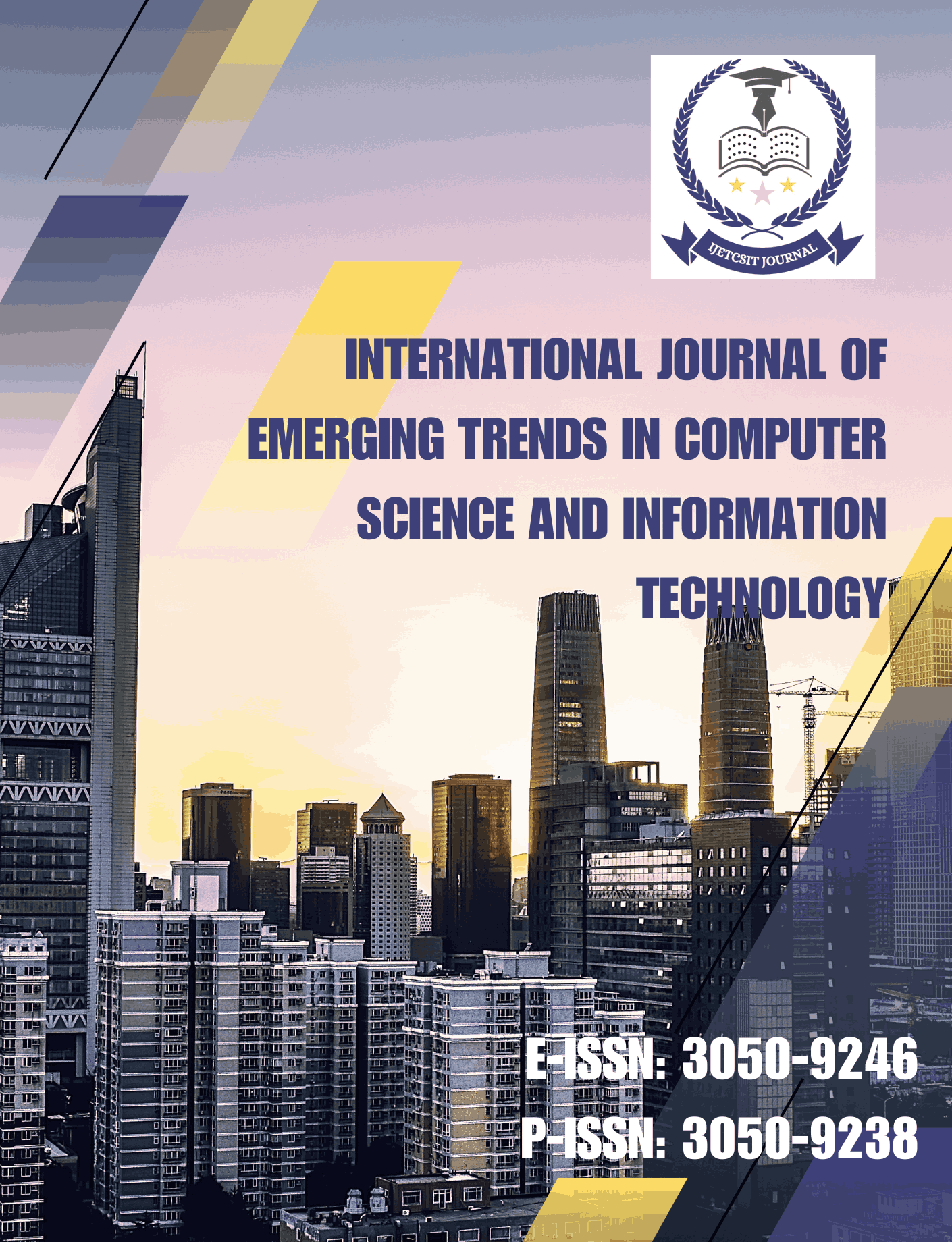PostgreSQL vs. Oracle: A Comparative Study of Performance, Scalability, and Enterprise Adoption
DOI:
https://doi.org/10.63282/3050-9246.IJETCSIT-V5I2P104Keywords:
PostgreSQL, Oracle, RDBMS, Performance, Scalability, Enterprise Adoption, Open-Source, SQLAbstract
PostgreSQL and Oracle are two of the most preferred market RDBMS in the enterprise and open-source platforms. Specifically, PostgreSQL is an object-relational database management system, open-source that can be easily extended with competitive costs and good community support. On the other hand, Oracle Database is a commercial RDBMS with high performance, reliability, as well as enterprise solutions. This paper offers a detailed analysis of PostgreSQL and Oracle undertaken in terms of performance, scalability, and the ranking of the software in enterprises. We perform standard benchmark tests that are the speed of query, the ability to handle transactions and concurrent connections and so on. Moreover, we investigate the scalability options, which are vertical and horizontal scalability, clustering, and parallel processing. Finally, we evaluate the adoption of TME by examining the practical application of TME in organizations, licensing cost Program, vendor support and the total cost of the ownership. This comparison is intended to help several organizations make a better choice when it comes to the selection of a database depending on their needs and the amount of money needed to pay for it
Downloads
References
[1] Momjian, B. (2001). PostgreSQL: introduction and concepts (Vol. 192, p. 2001). New York: Addison-Wesley.
[2] Pavlo, A., & Aslett, M. (2016). What's really new with NewSQL? ACM Sigmod Record, 45(2), 45-55.
[3] Özsu, M. T., & Valduriez, P. (1999). Principles of distributed database systems (Vol. 2). Englewood Cliffs: Prentice Hall.
[4] Ramakrishnan, R., Gehrke, J., & Gehrke, J. (2003). Database management systems (Vol. 3). New York: McGraw-Hill.
[5] Elmasri, R. (2008). Fundamentals of database systems. Pearson Education India.
[6] Gubala Hari Babu, L. S., & Dodla, S. N. S. (2024). Comparative Analysis of Oracle and MySQL Databases: A Study on Query Execution and Scalability.
[7] Natti, M. (2023). Migrating from Oracle to PostgreSQL: Leveraging Open-Source to Reduce Database Costs and Enhance Flexibility. The Eastasouth Journal of Information System and Computer Science, 1(02), 109-112.
[8] Salunke, S. V., & Ouda, A. (2024). A Performance Benchmark for the PostgreSQL and MySQL Databases. Future Internet, 16(10), 382.
[9] Post, G. V. (2009). Database management systems. PHI Learning Pvt. Limited.
[10] Gorman, M. M. (2014). Database management systems: understanding and applying database technology. Butterworth-Heinemann.
[11] Juba, S., Vannahme, A., & Volkov, A. (2015). Learning PostgreSQL. Packt Publishing Ltd.
[12] Worsley, J., & Drake, J. D. (2002). Practical PostgreSQL. " O'Reilly Media, Inc.".
[13] Geschwinde, E., & Schönig, H. J. (2002). PostgreSQL developer's handbook. Sams Publishing.
[14] Stones, R., & Matthew, N. (2006). Beginning databases with PostgreSQL: From novice to professional. Apress.
[15] Martins, P., Tomé, P., Wanzeller, C., Sá, F., & Abbasi, M. (2021). Comparing Oracle and Postgresql, performance and optimization. In Trends and Applications in Information Systems and Technologies: Volume 2 9 (pp. 481-490). Springer International Publishing.
[16] Shukla, D., Shivnani, C., & Shah, D. (2016). Comparing Oracle spatial and Postgres PostGIS. IJCSC, 7(2), 95-100.
[17] Kurako, E. A., & Orlov, V. L. (2023). Database migration from Oracle to Postgresql. Programming and Computer Software, 49(5), 455-463.
[18] Douglas, K., & Douglas, S. (2003). PostgreSQL: a comprehensive guide to building, programming, and administering Postgres-SQL databases. SAMS publishing.
[19] Mannino, M. (2022). Database Design, Query Formulation, and Administration: Using Oracle and PostgreSQL. Sage Publications.
[20] Zhang, M. (2013, August). PMT: A procedure migration tool from Oracle to PostgreSQL. In IET International Conference on Smart and Sustainable City 2013 (ICSSC 2013) (pp. 391-396). IET.
[21] R. Daruvuri, “Dynamic load balancing in AI-enabled cloud infrastructures using reinforcement learning and algorithmic optimization,” World Journal of Advanced Research and Reviews, vol. 20, no. 1, pp. 1327–1335, Oct. 2023, doi: 10.30574/wjarr.2023.20.1.2045.





